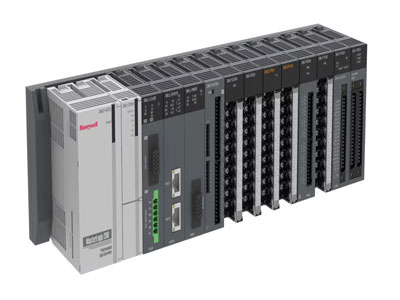
Sink vs Source in PLCs: What is the Difference?
Sinking vs Sourcing Overview The concept of sinking vs sourcing describes the current flow relationship between input and output devices in a control system and their power supply. These terms apply only to DC (Direct Current) logic circuits, which include binary devices such as switches, transistors, solid-state diodes, and relays.
In DC logic circuits, current flows from the +ve (DC+) terminal through a load to the -ve (DC-) terminal. Therefore, sourcing and sinking are defined by the direction of current flow between two devices:
-
The device transmitting current is sourcing.
-
The device receiving current is sinking.
This principle is especially relevant for PLC digital input/output (I/O) modules and their associated field devices.
Sinking vs Sourcing in PLC Digital Input Modules PLC input modules detect the ON/OFF status of connected field devices and transmit those signals to the CPU. These digital modules detect two conditions: High/Low, True/False, or Open/Closed, often from devices such as switches, sensors, and transmitters.
A) Sourcing PLC Digital Input Modules
-
Internally connected to a positive voltage supply.
-
Send current out to the connected field device.
-
The field device must be a sinking device.
B) Sinking PLC Digital Input Modules
-
Internally connected to ground.
-
Receive current from the connected field device.
-
The field device must be a sourcing device.
Detecting Output Conditions of Input Devices When a digital PLC input module is used, the output condition of a device (such as High or Low voltage) will determine whether the PLC registers the input as ON or OFF.
Examples of Sinking vs Sourcing Devices
A) Pushbuttons
-
Normally Open (NO) pushbuttons are open circuits until pressed.
-
Normally Closed (NC) pushbuttons complete the circuit until pressed.
Figure 1: Sourcing PLC Input Module Connected to NC Pushbutton
-
The module sources current to the NC pushbutton, which in turn sinks the current to ground.
Figure 2: Sinking PLC Input Module Connected to NC Pushbutton
-
The pushbutton sources current to the module, which sinks it to ground.
B) PNP and NPN Proximity Sensors
PNP Sensors (Sourcing)
-
Output positive voltage (+24V) when activated.
-
Must connect to sinking PLC input modules.
NPN Sensors (Sinking)
-
Output negative voltage (0V) when activated.
-
Must connect to sourcing PLC input modules.
Proper polarity and correct wiring are essential. PNP sensors are labeled as sourcing, and NPN as sinking. Passive devices like pushbuttons are polarity independent and can be wired in either direction.
Summary
-
Sinking vs sourcing applies only to DC circuits.
-
Describes current direction between field I/O devices and PLC I/O modules.
-
Sourcing devices send out current; sinking devices receive it.
-
Sinking input modules connect to sourcing field devices ( PNP sensors).
-
Sourcing input modules connect to sinking field devices ( NPN sensors).
-
Understanding this distinction is crucial when selecting and wiring PLC I/O modules and digital field devices.
Contact PLG Automation
Email: sales@plgautomation.com
Phone: 800-906-9271
